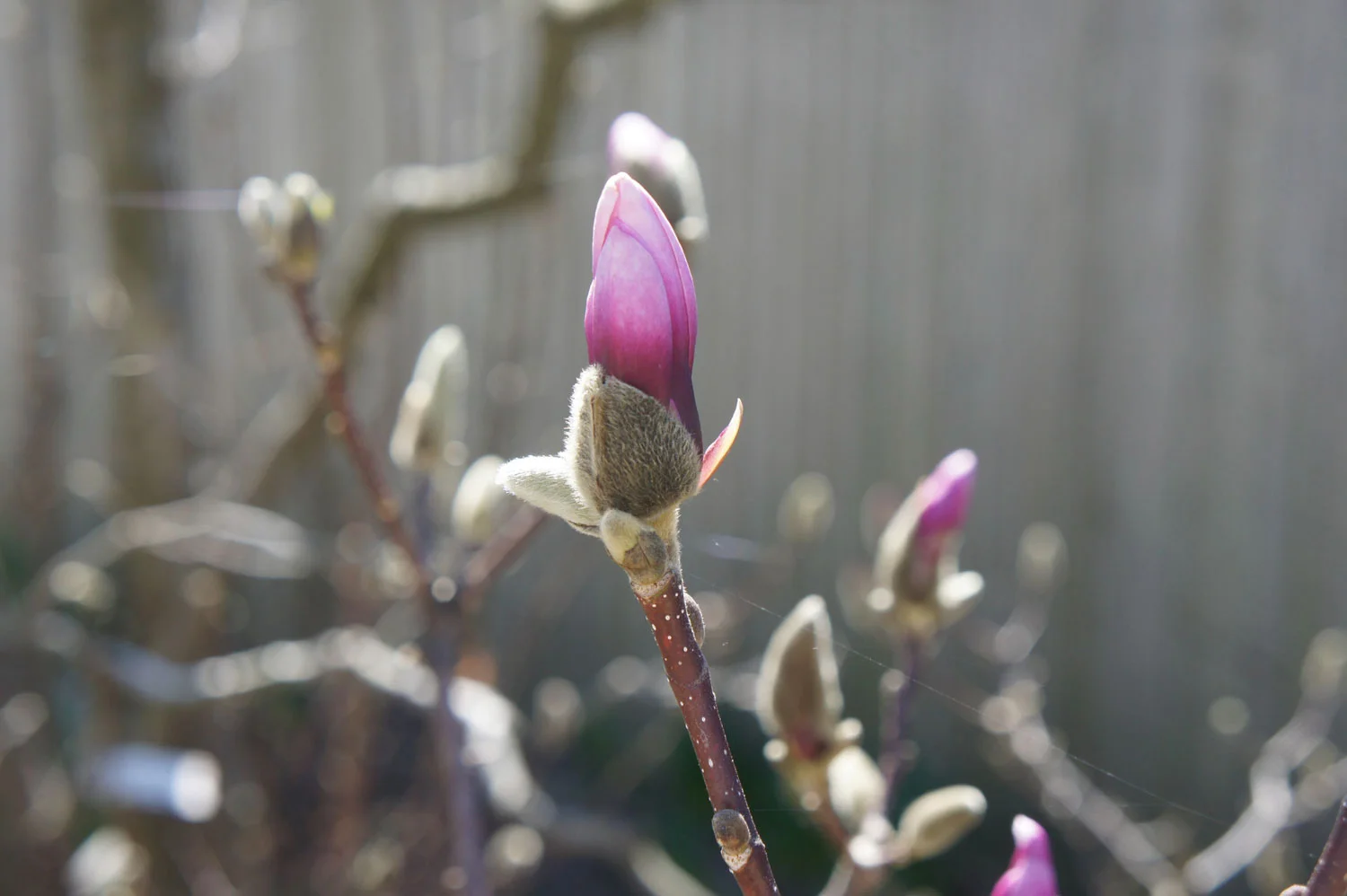To Fertilize or Not to Fertilize, That Is the Question!
/Mother Nature’s Moment - March/April 2022
by: Lesley Bruce Smith, ISA Certified Arborist
This week, like many times in the spring of the year, I was asked to visit a client property to examine some large Arborvitae to see why they were not doing well. The client thought that she needed a price for fertilizing these “stressed trees”.
It has been a rainy week after many months of drought in the Chicago area. As I stepped into the back yard I noticed I was stepping onto completely sodden soil. My shoes were making sucking noises while walking the length of the lawn to the back property line where the big Arborvitae were planted. It was easy to see from a distance that the area around the trees was about an inch or two under water. I managed to get under the trees and check out the soil with my soil probe. No surprise that the heavily clay like soil was totally saturated to about a foot below the surface.
Read More





















